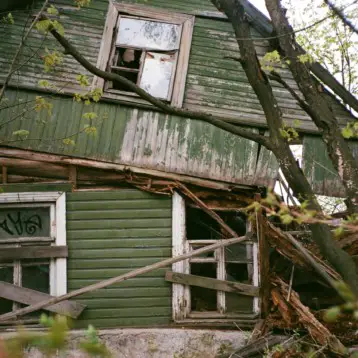The original Roomba vacuuming robot was designed to help everyday people vacuum and clean their floors without human assistance. The flat, round robot scoots across the floor in a pattern based on the map of the room, including obstacles, that the robot’s sensors create as the bristles on the bottom of the unit pick up dust and dirt from the floor. iRobot, the creator of the Roomba robot, boasts special features on their units like advanced HEPA filters, additional pet hair removal technology, the ability to schedule cleanings, and the ability to self-charge.
The researchers from PLOTS and the RISD decided to take a standard Roomba robot and attach a battery pack, circuit boards, and a chemical sensor to it. A light on the sensor changes gradually from yellow to blue as it detects increasing amounts of airborne alcohol, and the group plans to add sensors to detect other dangerous chemicals, such as the very common formaldehyde. The team believes that by making these additions to the Roomba the average consumer can better monitor the air quality inside their home, helping people inside the house deal better with health concerns such as indoor allergies, asthma, and other common maladies.










